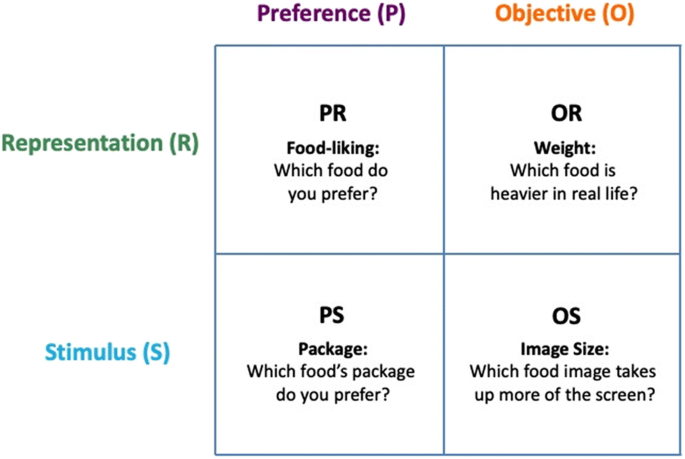We present an experiment where subjects sequentially receive signals about the true state of the world and need to form beliefs about which one is true, with payoffs related to reported beliefs. We attempt to control for risk aversion using the Offerman et al. (Rev Econ Stud 76(4):1461–1489, 2009) technique. Against the baseline of Bayesian updating, we test for belief adjustment underreaction and overreaction and model the decision making process of the agent as a double hurdle model where agents with inferential expectations first decide whether to adjust their beliefs and then, if so, decide by how much. We also test the effects of increased inattention and complexity on belief updating. We find evidence for periods of belief inertia interspersed with belief adjustment. This is due to a combination of random belief adjustment; state-dependent belief adjustment, with many subjects requiring considerable evidence to change their beliefs; and quasi-Bayesian belief adjustment, with aggregate insufficient belief adjustment when a belief change does occur. Inattention, like complexity, makes subjects less likely to adjust their stated beliefs, while inattention additionally discourages full adjustment.
